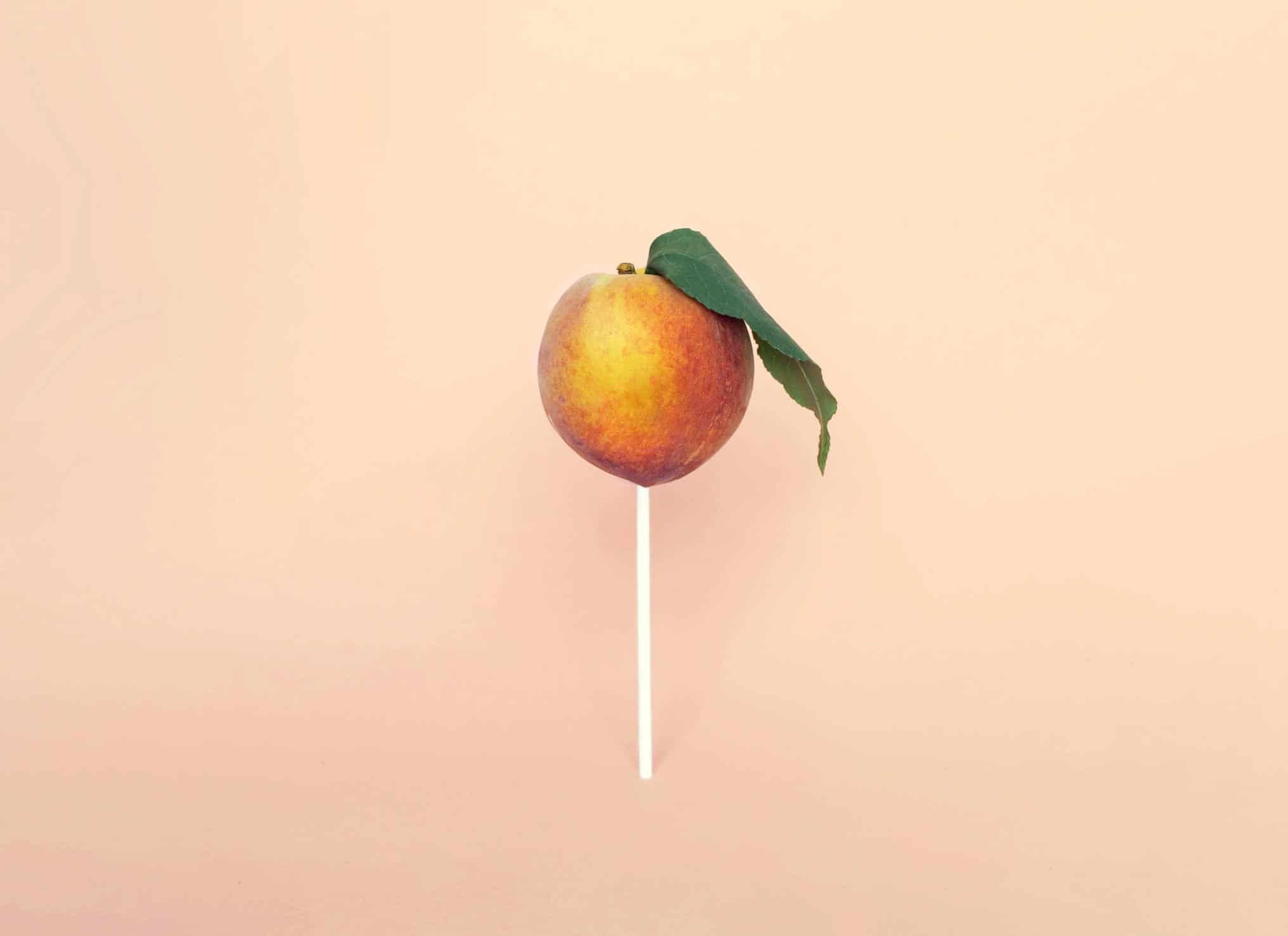

Sweets are peeking at us from every grocery and drug store aisle. Chocolates, gummy bears, little fun-sized bars of sugar and fat in 20-pound bags. These will give you calories, but not a lot of anything else — except maybe health problems. Eating too much candy can increase your risk of diabetes, cavities, and obesity.
Those risks don’t do much to curb a sweet tooth, though, so if you want to treat yourself, there are plenty of alternatives to candy that are much healthier for you.
1. Fruit Leather
Fruit leather can be bought at grocery stores or made at home. Usually made out of pureed fruit like mangoes, strawberries, blueberries, apricots or others, these are then baked and dried, then rolled out. With the natural sweetness of the fruit you choose, these thin slabs are chewy and can be cut to any size for perfect snacking.
Be wary of buying marketed fruit roll-ups as many brands have a lot of added sugars and corn syrup, which bring their health value way down.
2. Sweetened Nuts
With natural unsaturated fats, eating nuts can lower cholesterol by up to 20 percent, according to research. These nuts can help lower inflammation, too.
They contain protein, fiber and other nutrients, too, like vitamins E and B6, making them a great alternative to the empty calories of candy. You can sweeten peanuts, almonds, pistachios, cashews, pecans, walnuts and many others with honey, cinnamon or vanilla for a salty-sweet crisp treat.
3. Dark Chocolate
Unlike most of its chocolate counterparts, dark chocolate is known for its health benefits. It is high in antioxidants, and can improve heart health, brain health and regulate insulin levels. Flavonoids lower cholesterol, blood pressure and inflammation. If you want to mix it up, add in some coconut which provides good fats to boost gut health.
4. Trail Mix
Trail mix combines nuts and dried fruit for a salty-sweet punch that can satisfy your hunger cravings for hours. Packed with fiber, protein, antioxidants and more, these mixes offer a healthy calorie intake alternative to candy. Just watch out for store-bought varieties, which can load extra sugar into each serving.
5. Avocado with Sugar & Lemon
Known for its savory qualities, most think of a salt, pepper, tabasco sauce flavor when they think of an avocado. Or maybe they mash it up into a guacamole spread. But avocados can be an excellent dessert replacement with a little sugar and lemon juice. Just sprinkle these over half an avocado and mash it up inside its own shell for a delicious pudding-like treat — one that may even suppress your appetite and keep weight off.
Avocados are packed with vitamins and minerals, in addition to healthy fats and fiber.
6. Cinnamon Chickpeas
Like the avocado, chickpeas are more known for their savory qualities, the main ingredient in hummus, and a vegetarian favorite for protein replacement in hearty meals. But the chickpea can be sweetened with cinnamon or vanilla for a candy substitute that can actually reduce your risk of diabetes Bake the chickpeas for about 15 minutes at 400 degrees. Once you take them out, drizzle a little olive oil and sprinkle with cinnamon and a little brown sugar, then back in the oven for another 15 minutes.
7. Fruit and Veggie Chips
Like the fruit leather up top, these chips can be bought or home made and they come from your favorite fruits. You cut the fruit into very thin slices, then bake them for a crunchy sweet treat. You still get all the health benefits of fruit, like heart disease risk reduction, lower risk of diabetes, obesity and some cancers.
8. Coffee or Tea
Coffee is known for being bitter, but a lightly sweetened version can benefit your health by lowering your risk for obesity, cardiovascular disease, liver disease, and certain cancers. It can even improve concentration.
Rich in B vitamins and antioxidants, the only calories coffee carries is in whatever slight sweetener you use (if you use three teaspoons of sugar, you’re back at candy, so be careful).
Tea carries these same health benefits, with the added benefit of being lower in caffeine. You can sweeten it with honey, to keep that sugar count a little lower, or use lemon instead, to zero that count out entirely.
9. Fruit
Fresh fruit is the old standby in terms of candy replacement — nature’s candy, if you will. It’s packed with nutrients, vitamins, minerals and fiber which help increase the body’s antioxidants and reduce inflammation. Fiber helps slow down the breakdown of sugar in the body, keeping you fuller and more energetic for longer. Sweet and juicy, these fruits like apples, oranges, berries, pineapple are low-calorie, high-nutrient treats.
If you’re feeling like a more concentrated, chewy kick, dried fruit will work for you — just be careful not to eat too much. Since it is smaller in size, your body thinks you can eat more, but it is deceiving.
Freezing fruit can also mix things up. Bananas are high in potassium, grapes have a great frozen crunch, and frozen berries can be blended into delicious smoothies.
So, this season, ditch the candy and try one of these healthy, yet still sweet and filling alternatives. Your body will thank you with enhanced energy levels, regularity and an overall well-being feeling.
Darlena Cunha is a freelance writer and a professor at the University of Florida, with degrees in communications and ecology.

 233k
233k  41k
41k  Subscribe
Subscribe 